
Taurasi, son of Aglianico: an ancient and versatile grape
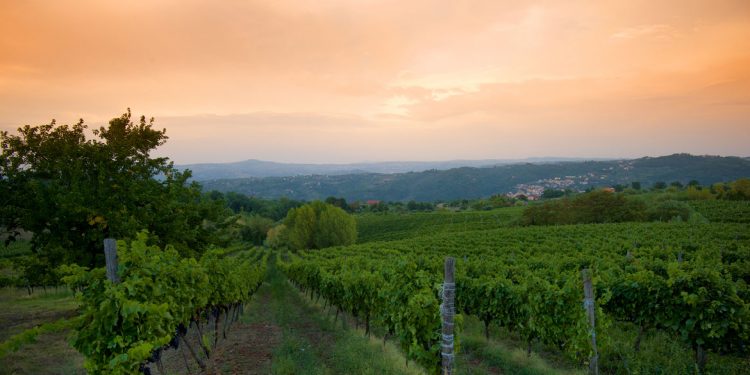
Taurasi is a municipality in the Irpinia region, on the a spur that dominates the Calore valley. It is situated in an area northeast of Avellino where different agricultural crops are grown and vineyards are not the dominant element, but are alternated with fields of wheat and tobacco at low altitudes, and chestnuts, hazelnuts and Annurca apples in higher areas. Despite this, wine is the oldest and most noble agricultural resource in this area, which was already considered an excellent winemaking region by the Romans. The soils here are calcareous and friable, prone to decay which gives rise to soils rich in minerals, mixed here and there with tuff and volcanic ash. It is a particularly favourable condition for grape quality, accentuated by the altitude of the vineyards, between 400 and 700 metres, which causes a marked temperature range between night and day, when the refreshing breezes arrive directly from the sea without being hindered by mountains. But the prestige of Taurasi wine is not only due to the soil and climate: its greatness is also down to the Aglianico variety, whose origins are still being debated.
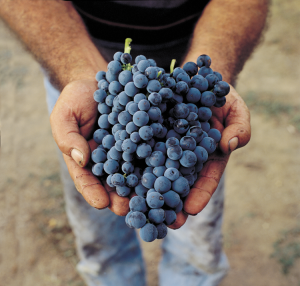 Hellenic, Etruscan or native?
Hellenic, Etruscan or native?
It is definitely a very ancient variety, as shown by the fact that its family has subdivided through the centuries into a large number of biotypes and sub-varieties: it is almost a kind of variety-population. All this has created quite a bit of confusion, with the proliferation of roughly correct synonyms for each of its clones. The first question, which is still unanswered, is whether today’s Aglianico is one of the varieties that made the wines of Campania Felix famous in antiquity, and therefore whether it is related to the historic viti Aminee. There are three main, and not completely distinct, theories about the origins of this cultivar. According to the first one, Aglianico has Etruscan origins; others, starting with Pliny, consider it a native grape from the coastal and inland areas of Campania; others still, consider it to be imported by Greek settlers from Thessaly, due to the assonance of the name with its presumed Hellenic origins. The reality is probably a mix of all these attempts at a historic reconstruction. It is plausible that an ancient ancestor of modern Aglianico, coming from the east, crossed with some archaic local wild variety. This gave rise to offspring that don’t seem to have been particularly self-selected through the centuries, seeing that this grape still maintains the often rustic and “animal” traits today, however considering the different terroirs they had to adapt to when propagating (hence the concept of “almost” a variety-population). The Aglianico di Taurasi variety, in particular, is different to the Vulture one, where it expresses more strength, power and alcoholic warmth; in Irpinia, on the other hand, this variety produces very rich wines with good elegance, which are able to combine the typical animal imprint with warmer floral sensations, sweet and soft fruit and good spiciness with notes of cinnamon and coriander; the excellent balance between tannins and anthocyans, typical of this variety, allows a perfect fusion between the two components, making the wines stable and with a long ageing potential.
Low yields and long ageing times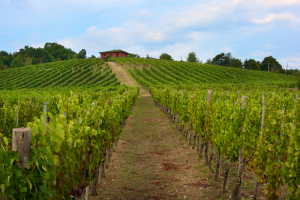
Taurasi, DOCG since 1993 and whose vinification and ageing processes must be done in the province of Avellino, has a production area that covers 17 municipalities, all in the Avellino area. There must be a minimum of 85% Aglianico; producers often top up the rest with the native Piedirosso variety, which instils freshness and fragrance into the wine; on the other hand (and fortunately, or the standardisation of taste would be just round the corner), the international varieties Cabernet and Merlot are hardly ever used. Although the production regulations do not set a particularly strict maximum yield of grapes per hectare (100 quintals), nor do they prescribe anything in the way of minimum density of plants per hectare, the high average age of the vines destined to production (some still ungrafted) fill such gaps with rather interesting low production yields and quality. Moreover, yields have been further reduced (today on average around 55 quintals of grapes/ha) and the enological potential of the fruit further improved by the fact that the historic “alberate taurasine” training systems have been superseded by rows of Guyot and spurred cordon, with rather denser planting than in the past.
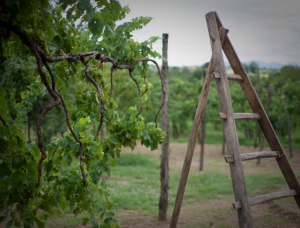 Some data about Taurasi
Some data about Taurasi
Also the minimum values for alcohol, total acidity and dry extract for consumption, 12% vol.(12.5 for the Riserva), 5 g/l and 22 g/l respectively, are relatively mild. Seeing the vibrant and evolving character of Taurasi, it was an intelligent decision to impose long minimum ageing times, which start from the 1st December of the grape production year: 3 years for the “basic” wine (at least one year in wooden barrels) and 4 for the Riserva (no less that 18 months in casks), with a final yield of grapes in wine that must not exceed 65%. In this way the producers have a lot of freedom to establish the times the wine stays in wood depending on the characteristics of the grapes and the different vintages.
The history and the tasting rates of Taurasi are on Italian Wine Chronicle 01/2016. To read it you have to buy the last issue in our shop (also in digital edition) or write to store@civiltadelbere.com.
Enjoy the reading!
See also ...
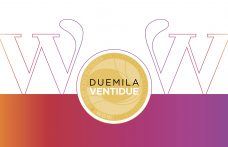


Alto Adige meets Alsace at the home of Gewürztraminer
Gewürztraminer in Alto Adige and Alsace: a focus on the differences in terroir, Read more

